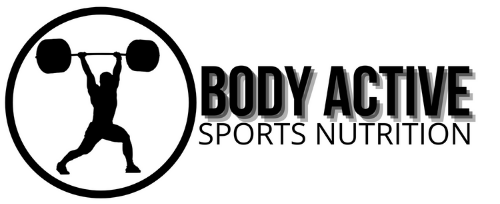When it comes to cutting, or losing fat while preserving muscle mass, nutrition plays a critical role. Among the various dietary strategies, protein shakes often come into play. But should you incorporate them into your diet while cutting? Let’s explore the benefits, considerations, and best practices.
Understanding the Cutting Phase
A “cut” typically refers to a period in which an individual aims to reduce body fat while maintaining as much muscle mass as possible. This is often achieved through a caloric deficit, meaning you consume fewer calories than your body burns. During this phase, macronutrient composition—particularly protein—becomes increasingly important.
The Role of Protein
Protein is essential for muscle repair and growth. When you’re in a caloric deficit, your body may break down muscle tissue for energy, making adequate protein intake vital. Generally, experts recommend consuming about 1.2 to 2.2 grams of protein per kilogram of body weight when cutting, depending on your activity level and goals.
Benefits of Protein Shakes
- Convenience: Protein shakes are quick and easy to prepare, making them a great option for individuals with hectic schedules. This convenience can help ensure you meet your daily protein targets.
- Satiety: High-protein foods can increase feelings of fullness, which may help curb hunger during a calorie deficit. A protein shake can be a satisfying snack that keeps you on track.
- Muscle Preservation: Consuming sufficient protein can help mitigate muscle loss during a cut. Shakes provide a concentrated source of protein that can be consumed post-workout or as a meal replacement.
- Nutrient Timing: Post-workout protein intake can enhance recovery and muscle protein synthesis. Drinking a shake after exercising may be particularly beneficial for maintaining muscle during a cut.
Considerations
While protein shakes offer several advantages, there are also some considerations to keep in mind:
- Quality of Ingredients: Not all protein shakes are made equal. Look for shakes with high-quality protein sources (like whey, casein, or plant-based proteins) and minimal added sugars and fillers.
- Whole Foods First: It’s important to prioritize whole food sources of protein (like chicken, fish, legumes, and dairy) in your diet. Protein shakes should complement your diet, not replace balanced meals.
- Caloric Intake: Even though protein shakes can be low in calories, they still contribute to your overall caloric intake. Be mindful of how they fit into your daily caloric goal, especially since you’re in a deficit.
- Individual Goals and Preferences: Everyone’s dietary needs and preferences are different. Some may find shakes beneficial, while others may prefer getting their protein from whole foods. Tailor your approach based on what works best for you.
Conclusion
Incorporating protein shakes during a cut can be beneficial for many individuals. They offer a convenient, effective way to meet protein needs, support muscle preservation, and help manage hunger. However, they should complement a balanced diet rich in whole foods rather than replace it. As with any dietary choice, listening to your body and adjusting based on your individual needs and goals is key.

